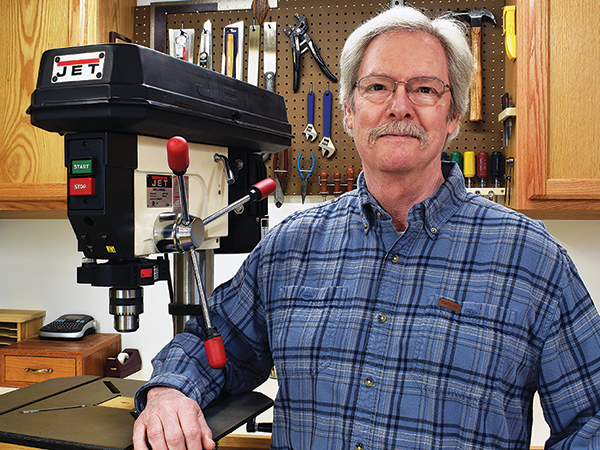
Depending on the decade, long-time Woodworker’s Journal author A.J. Hamler has pursued his love of communication and story-telling in various ways and always with gusto. He’s been a radio talk show host, published sci-fi writer, magazine editor and woodworking book author. On top of that colorful resume, he’s got some interesting hobbies, too — some weekends clad in a period-accurate Civil War uniform taking an invisible bullet on a makeshift battlefield, others dressed as a Star Wars storm trooper.
Like many of us, Hamler caught the woodworking “bug” back in the days when industrial arts were a standard part of public education. After satisfying the required woodworking semester in junior high, he chose it as an elective every year of high school.
“Most kids in the woodshop were there because they had to be, but there were a few of us taking it because we genuinely liked it, and the teacher took special interest in us,” Hamler recalls. “High school woodshop is where I learned every basic woodworking task, every hand tool, and I got my first chance at operating every woodworking machine for the first time.”
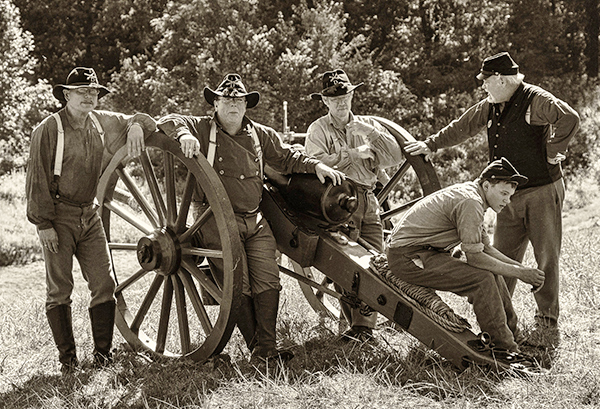
During those years, Hamler was also bitten by the theater/broadcasting bug. Following his high school theater productions and a couple of semesters of college, he says he “talked his way” into his first on-air radio slot “at a tiny top 40 station in ‘Middleofnowhere’ West Virginia.” Radio broadcasting proceeded to lead him to stations in five areas of the country where he covered contemporary hits and then news/talk radio formats.
“I loved being on the air, but when canned satellite programming began to undermine locally produced news/talk in the mid-90s, it was time to move on,” Hamler says.
Fortunately, he had already been pursuing an off-air love of writing. That interest came to his aid when his future as a broadcaster seemed uncertain. He says writing started as a hobby back in the 1980s — but not with a woodworking bent. At that time, he was penning science-fiction short stories instead. The fun eventually turned to profit when Hamler sold one of his stories to Analog Science Fiction and Fact magazine. Writing under the pen name A.J. Austin, Hamler went on to publish stories in Amazing® Stories and Isaac Asimov’s Science Fiction Magazine. He also published a couple of science fiction novels with co-author Ben Bova.
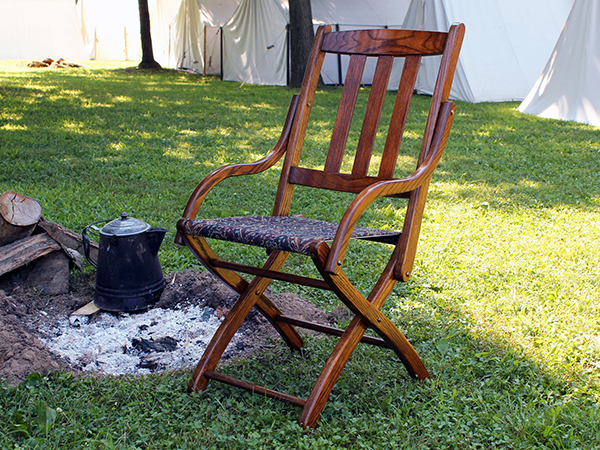
“I still love sci-fi,” Hamler admits. “When a new ‘Star Wars’ comes out, don’t bother calling me because you won’t reach me — I’ll be sitting in a nearly empty theater at 10:30 in the morning enjoying the premier showing.”
Science-fiction writing, coupled with his woodworking interests, eventually helped A.J. land a job with Woodshop News magazine. It launched the second phase of his career as a woodworking author. Eventually it also springboarded Hamler into his regular project and tool article contributions to Woodworker’s Journal as a freelance author. He’s written routinely for the Journal on various topics for more than a decade.
Hamler has authored seven woodworking books focused on general skills, building birdhouses, boxes and kitchen projects, and woodworking with children. In 2006, he served as senior editor to help compile Woodworker’s Journal’s “The Collins Complete Woodworker.” He’s also served as editor for several other woodworking books from various publishers.
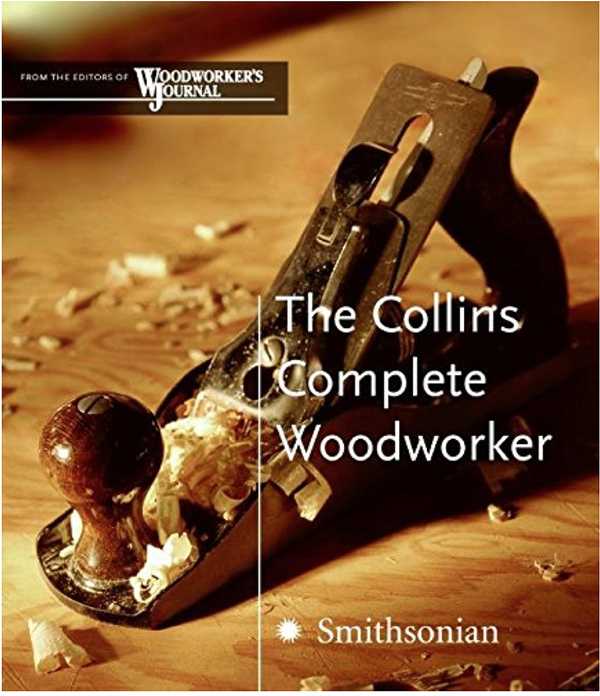
“The real appeal for me about writing books is that they last,” Hamler says. “A lot of us woodworkers keep all of our magazines, but not everyone does. It’s nice to know the books will be around forever.”
Two of Hamler’s project books, and several of his project articles for Woodworker’s Journal, have focused on another of his serious avocations: Civil War reenactment. Hamler admits that he’s always been an American history buff, particularly of life in the mid-19th century. That interest was a natural foray into “playing the part” as soldier.
“Reenacting is a way of actually living that history and doing a little time traveling of my own,” Hamler says. “Plus, it’s camping and hanging out with the guys, getting dirty and making lots of loud noises. What’s not to love?”
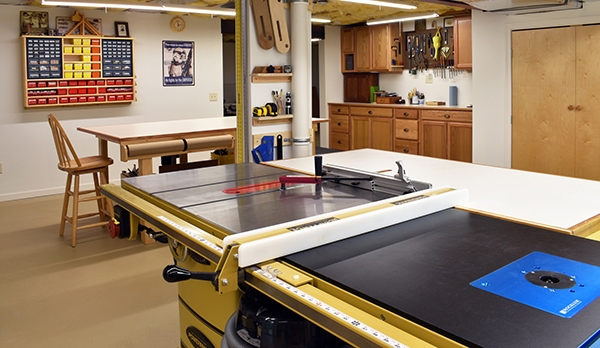
When not serving as foot soldier on a weekend battlefield, Hamler has also donned his all-wool garb to do first-person portrayals. These involve creating and staying in the character of a soldier from the 1860s for living history presentations at reenactments, school visits and other educational functions. But, these days, Hamler says his age and a commitment he has to historical authenticity have made reenactments less of a regular pastime.
“Trudging around in the summer covered head to toe in heavy wool, carrying a musket and toting 40 pounds of gear isn’t as easy as it used to be,” Hamler admits. “And, with the exception of officers, soldiers were mostly in their twenties; those in their thirties were considered old. As a living historian, I care a lot about presentation, and — to put it bluntly — I just don’t look the part anymore.”
Instead, Hamler invests those energies into researching, designing, building and writing about campaign furniture. His folding “Civil War Officer’s Chair” (August 2012 issue) has been one of Woodworker’s Journal’s more popular projects, and Hamler says he still gets email inquiries about it. Another period project that ran in our pages was a solid cherry “19th Century Drop Front Desk” (October 2016 issue) that officers favored during the war.
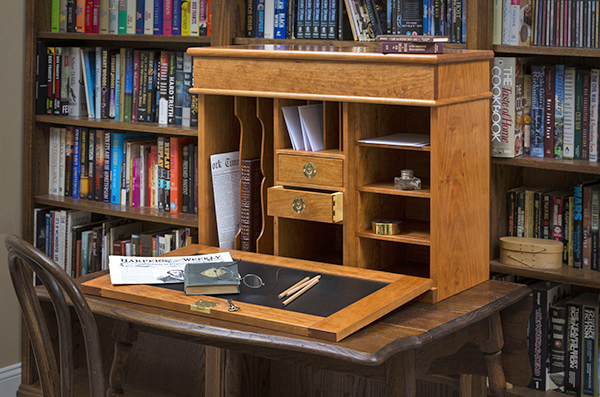
“I used lines, dimensions and materials typical of the period in the (desk) design, but the design itself was my own. For that, I studied field desks belonging to Union Captain Edwin Stivers of Illinois to represent the North, and generals Robert E. Lee and Stonewall Jackson to represent the South. I pulled design elements from each to blend with my overall design,” Hamler explains. “The result was everything I wanted it to be, and I think it’s the best work I’ve ever done.”
His two books of campaign furniture projects are “Civil War Woodworking” and “Civil War Woodworking, Volume II.”
Even though his wool uniform spends more time on a closet hanger than it used to, Hamler says these days there are other sorts of soldiers he can portray in in air-conditioned comfort, as a member of the “501st Legion.” It’s an international organization of some 14,000 Star Wars fans. Hamler plays a storm trooper.
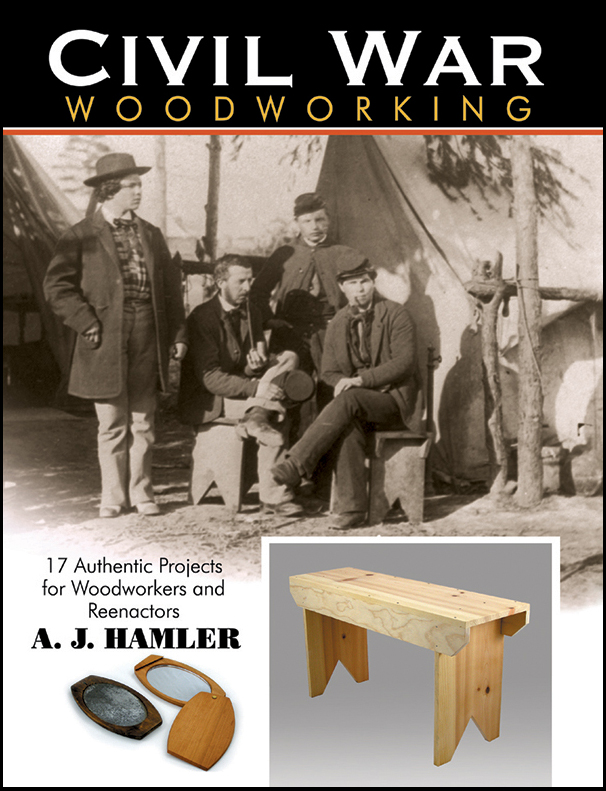
“Fully decked out in costumes that look like we’ve stepped off the screen, we make appearances at charity and community events, conduct hospital visits, attend fundraisers, visit libraries and more,” Hamler says. “It’s great fun, especially when working with kids. And I suppose I’ve reached the ultimate level of sci-fi geek: I have my own trading card, fully decked out in my storm trooper armor.”
When he’s not defending the Empire, writing a tool article or designing his next project, Hamler is continuing to put the finishing touches on a new 1,200-square-foot basement workshop. It started out, enviably, as one big, empty room.
“I really have been able to design it just how I wanted it,” Hamler says. “The walls are exactly where I want them, electrical outlets (and lots of them!) everywhere I need one, plenty of LED lighting and a work/traffic pattern designed from scratch…I’m in absolute heaven.”
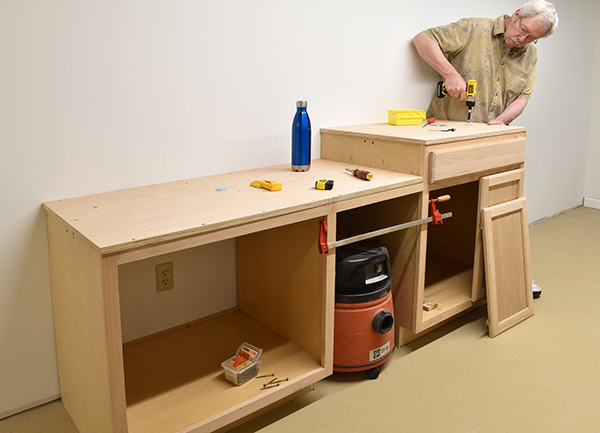
While Hamler says he’s been a creative person his entire life — with careers that have catered to that urge — there’s an impermanence to magazine writing. Both theater performance and broadcasting are live, “in-the-moment” enterprises, too; once the radio show ends or the curtain drops or the last musket fires, the performance is over. But, what continues to draw him to woodworking is its lasting nature.
“When you make a piece of furniture, you’re creating a historical object. I’m not talking about reproducing old historical things like my 19th-century furniture, but you’re creating something that will last for a long, long time and will have its own history,” Hamler says. “I still have a couple of the first projects I made in woodshop in the 1960s. They’re not very good, but they’re also not terrible. And, their existence ties directly to my own life. That’s a powerful thing.”






